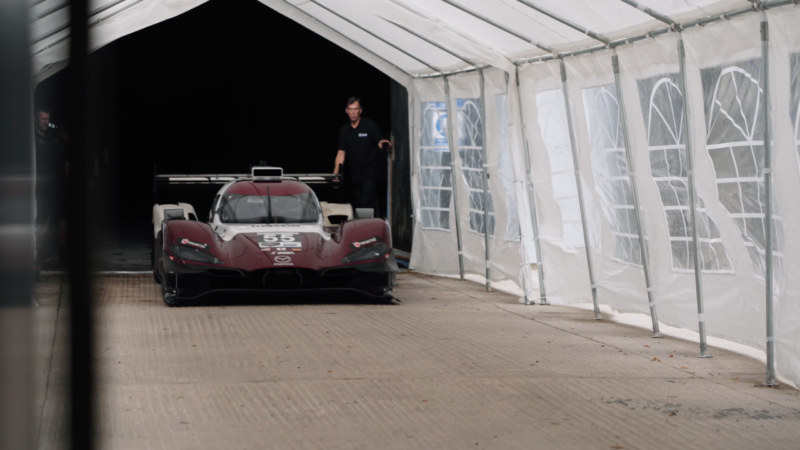
A tip of the hat to the editor over at Dailysportscar this morning for reminding me of one of the cooler bits of industrial repurposing in the automotive world. It's a Victorian railway tunnel in England that saw its last train in 1966 but is now entering its second life as an advanced aerodynamics test facility and an interesting alternative to a wind tunnel.
The Catesby Tunnel can be found in Northamptonshire, but more importantly it's in the heart of what's sometimes called the UK's motorsport valley because of the concentration of Formula 1 teams—Mercedes, Aston Martin, Alpine, Williams, and Red Bull—and their suppliers. Originally built in 1897, it was part of the Great Central Line and connected London with the industrial cities of Manchester and Sheffield.
But the UK's train network was devastated in 1963 by the Beeching cuts, where 3,000 miles of railway were torn up, market towns and villages were cut off from the rail network, and the nation—like so many others—started becoming much more car-centric. Ironic, then, that the tunnel is, too, more than 50 years later, thanks to a company called Aero Research Partners.

Its new life is as a controlled environment for straight-line vehicle testing, away from the vagaries of wind and rain. In a wind tunnel, the car stays where it is, and the air is blown over it. But here, the car moves under its own power.
"Compared to conventional wind tunnels, this is better because it’s real," said Larry Holt, who runs Multimatic, a Canadian engineering company that has had a hand in carbon-fiber supercars like the Aston Martin One-77 and Ford GT, working concept cars like the Aston Martin DB10s used in Spectre, as well as race cars like the Mazda RT-24P and now the new Porsche 963. (It also has a very advanced simulator, which it kindly let me drive back in 2018.)
"In a moving ground plane wind tunnel, the car is stationary, and the wind is blown over it by a massive fan and flow conditioning set-up, and a belt is arranged to move under the car at a coordinated speed. It's a very sophisticated configuration, but the car is still stationary, and that constitutes the "not totally real" piece.
reader comments
93